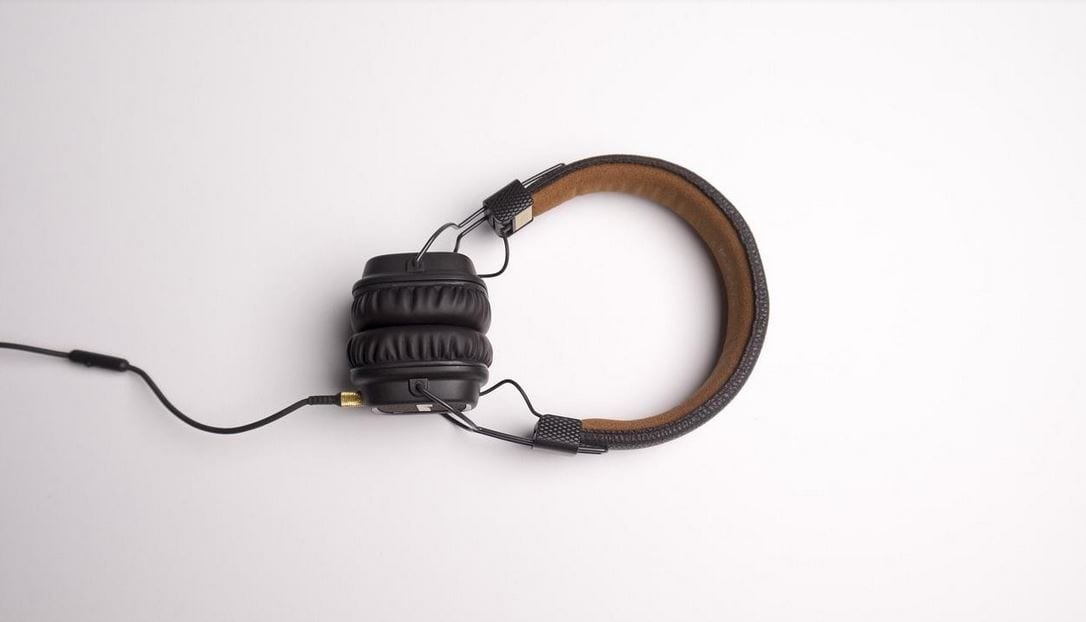The Importance Of 3D Audio For VR
Monday, January 13, 2020, 12:52 PM GMT-5

Before we discuss the importance of 3D audio let us first learn its basics.
What Is Virtual Reality?
Virtual Reality is the creation of a simulated environment with computer technology to imitate a real-life experience of the users. The users in that environment are able to engage with it and even perform certain actions.
What is 3D Audio and How Does It Work?
The use of 3D audio is dated back to 1881 World Expo in Paris in which a French inventor named Clement Ader, demonstrated his invention of a theatrophone which produced audio over two different phone lines so that musical acts could be heard by people miles away from the other phone line. It’s believed that the innovation and advancement of three-dimensional audio evolved from the idea of Clement’s theatrophone.
In simple terms, 3D audio is a sound technology where the sound playing in your headphones or speakers is manipulated with certain audio techniques to give you a realistic listening experience as if the music you’re hearing are being played around you and not from any speakers. Pretty much like the 3D visual effects but for your ears.
Why Is 3D Audio Important For Virtual Reality?
Just like 3D visuals are essential in giving the best virtual reality experience, it is equally important to enable users to listen in 3D to provide them with an immersive experience.
Once, virtual users experience their content backed up by 3D audio there’s no going back. The elements of sound are an important part of the story as it creates an emotional effect and makes the experience more believable.
Many companies are investing in 3D audio technology to enhance the user experience and keep up with the increasing changes and demands in the field of audio. Facebook and YouTube are the major companies to support virtual reality content on their sites.
Companies Which Are Investing In 3D Audio Technology
The significance of 3D audio can also be seen by the introduction of a 360 Spatial Workstation software, developed by the sound designers at Facebook which aims to provide VR users with a dynamic cinematic experience by improving the output in virtual reality audio.
Google has also launched an immersive audio software called, Resonance Audio. This software promises to deliver a 3D sound quality with no distortion which will be close to reality.
Resonance Audio uses techniques like, ambisonics and head related transfer functions or HRTF. Ambisonics is a full-sphere 360-degree sound surrounding technique which encompasses the sound sources from above and below the listener. Head related transfer functions, is a technology that measures how sounds are received by different ears from a point of space in different types of heads.
3D audio tricks the brains of users into allocating specific positions and distance to sounds, even while they’re wearing headphones or listening to a speaker, which only have two audio outputs.
The Future Of 3D Audio In Virtual Reality
The development of 3D audio technologies is increasing by the day. It brings us to the question, what could be the future of 3D audio?
The main goal of 3D audio is to give the people an enhanced experience of a virtual reality which makes them a part of that virtual world. But, the presence of 3D audio with 3D visuals helps in creating an emotional impact within the users.
VR has given birth to various audio technologies like, ambisonics and binaural recording. Therefore, the demand for an evolved audio technology will continue to increase. The future for 3D audio is uncertain, but it’s for sure a brighter one.



